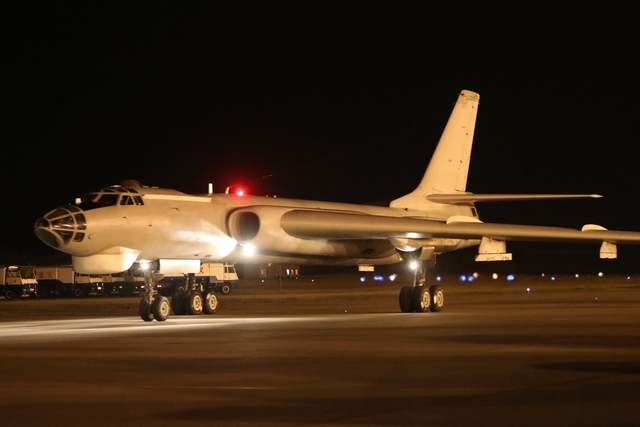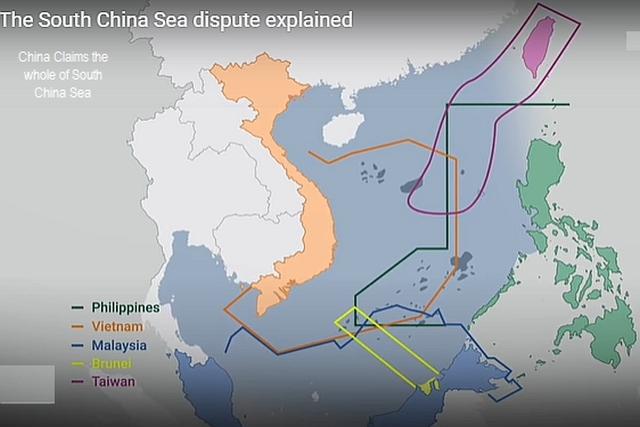Huge Step Up in US Reconnaissance Flights Over China

The U.S. has increased its presence in the South China Sea (SCS) with the Navy’s P-8A Poseidon and P-3C among other aircraft conducting 67 reconnaissance sorties over the SCS and close to mainland China in July.
South China Sea Strategic Situation Probing Initiative (SCSPI) released data on the movement of U.S. warships and aircraft close to China, on Saturday. In May and June, the figures stood at 35 and 49 respectively.
“Even so, what we have been able to monitor and release was only a tip of the iceberg,” Hu Bo, director of SCSPI, was quoted as saying by Global Times on Sunday.
SCSPI uses Automatic identification system (AIS) and Automatic Dependent Surveillance-Broadcast (ADS-B) to track vessels and aircraft. From July 15 to 30, SCSPI's Weibo account has released a total of 24 updates on the activity tracks of U.S. military in regions including South China Sea and East China Sea.
“Imbalance exists in terms of information disclosure in the SCS, as the U.S. releases a lot more information. So the outside world only sees a SCS situation shaped by the U.S. officials and think tanks,” Hu noted.

Since the data sources and approaches are relatively simple, the data's accuracy, completeness and stability cannot match official data from internal systems of related countries, he added. "For instance, we can only track parts of trails by large reconnaissance aircraft, but not small ones. Neither can we track activities by aircraft carrier-based warplanes. And if warplanes do not open ADS-B transponder, we will be unable to track them,” Hu explained.
Nearly 1,000 U.S. Navy ships sail through regions near China every year, and 3-5 warplanes fly over SCS each day, the report said.
Between July 1-5, People’s Liberation Army (PLA) conducted drills in Xisha islands. America reportedly conducted 15 reconnaissance aircraft operations during that period.
China has accused U.S. aircraft of entering areas within 70 nautical miles of China's territorial sea baseline nine times, six times within 60 nautical miles, and in the closest event, only about 40 nautical miles away from China's territorial sea baseline.
“These kinds of close-up reconnaissance are obviously provocations, as since the US military has all-round, advanced reconnaissance technologies, such a high frequency aerial reconnaissance and close distance would not be necessary if it just wants to gather intelligence on China," Hu said.
Hu said there are three kinds of risks involved in such situations. First, China will be forced to expel and intercept U.S. warplanes “trespassing” into its territorial waters with “no guarantee an avoided accident.”
Second, China will take required measures and raise alert to stop American jets’ close-up reconnaissance operations. The (Hainan Island) collision incident in 2001 is a direct result of US close-up reconnaissance, the report said.
Third, China and the U.S. must maintain safe distance from each other while conducting military training and exercises. In December 2013, when China's Liaoning aircraft carrier task group was training in the South China Sea, USS Cowpens cruiser sailed abnormally close and crossed into the Chinese flotilla, and a Chinese landing ship was left with no choice but to force the US ship to a stop. The closest distance was only 50 meters.













